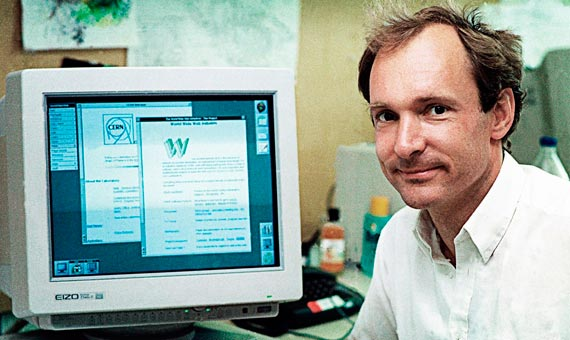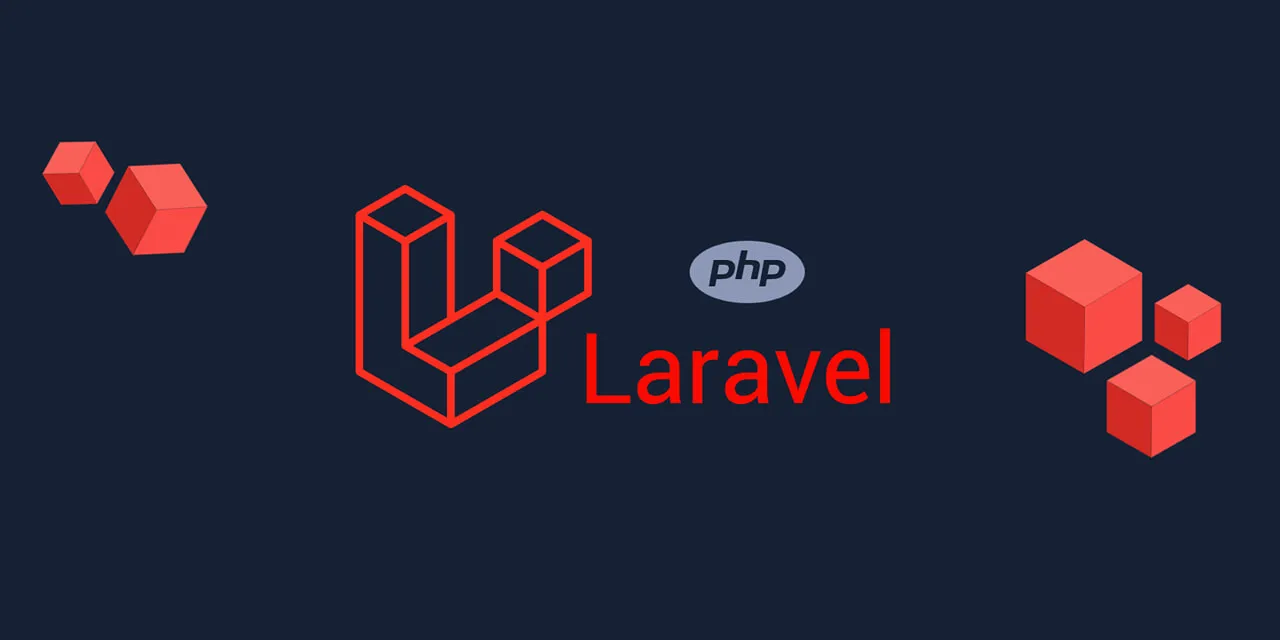By: Francisco Hernández
February 22, 2021
The year 1994 was a very important year in the computer era. That year, at least two events took place that marked the history of what is known today as WEB pages.
The World Wide Web Consortium (W3C) was founded, with headquarters in the Computer Science Laboratory of the Massachusetss ;which developed as its primary mission the supervision and standardization of the development of the technologies on which the WEB pages are based and which in turn allow the optimal functioning of what we know today as the Internet.

The PHP2 programming language was also born, a language qualified as of general use, especially, and oriented from the beginning to the development of WEB pages.
Since then, this programming language has been in constant evolution, motivated by the development that technology has experienced in the last twenty-seven (27) years. This is how we have seen different versions ranging from PHP3, PHP4, PHP5, PHP7 and the most recent (in testing phase) PHP8.
PHP is a milestone in software development, its versatility has allowed the birth of different frameworks, whose main objective has been the establishment of guidelines and criteria to standardize the development of applications under the paradigm of WEB-oriented programming and/or at the operating system (OS) level.
In this context, ten years ago, Laravel was born, a very powerful framework that allows the development of one hundred percent (100%) customized web applications and services with a high level of quality.

At present, given the level of robustness, the degree of usefulness, the volume of plugins, the usability as well as the criteria oriented to agility, Laravel is one of the most used Frameworks in the design, creation and production of applications with WEB/SO orientation.
Among the many features that stand out of Laravel, we can mention the emphasis on code quality, ease of maintenance, as well as scalability, which allows projects of any size.
A very important factor today is that Laravel was designed to facilitate teamwork, promoting the use of best practices. For this reason, the use of the presentation of files based on folders is privileged, in a way that promotes the separation according to the typology and / or responsibility of the same.
This main feature in the arrangement of files, programs or classes, allows the establishment of standards throughout the life cycle of a development project.
This specifically suggests the separation of the code according to the responsibility it has or the mission it must fulfill within the system's gear.
Laravel has a style oriented to the Model View Controller architecture; however, it is one of the best tools in the API - REST architecture. It is an excellent tool for BackEnd development of applications to be consumed through frontEnd tools and/or mobile devices or service integration mechanisms.
Generally speaking, Laravel has a number of features that make it very powerful, some of them being the following:
- It has a system of routes, by means of which it is possible to generate any URL. Based on HTTP protocols.
- It has an abstraction mechanism towards the database, through ORM; it allows to treat each database as objects.
- It has structures that allow the creation of work queues in background execution to guarantee the performance of the applications.
- It has different mechanisms for sending e-mails, with a variety of different providers.
- Other virtues, described as a long etcetera.
Por todo lo anterior, te invito a que explores esta gran herramienta de trabajo; desde la perspectiva Developers y/o desde la lógica de Project Owner
Facts About W3C (2021). Accessed February 20, 2021,
from https://www.w3.org/Consortium/facts.html#history
PHP: History of PHP - Manual. (2021). Acessed February 20, 2021,
from https://www.php.net/manual/en/history.php.php
Time elapsed from 1994 to the present day (February 2021)